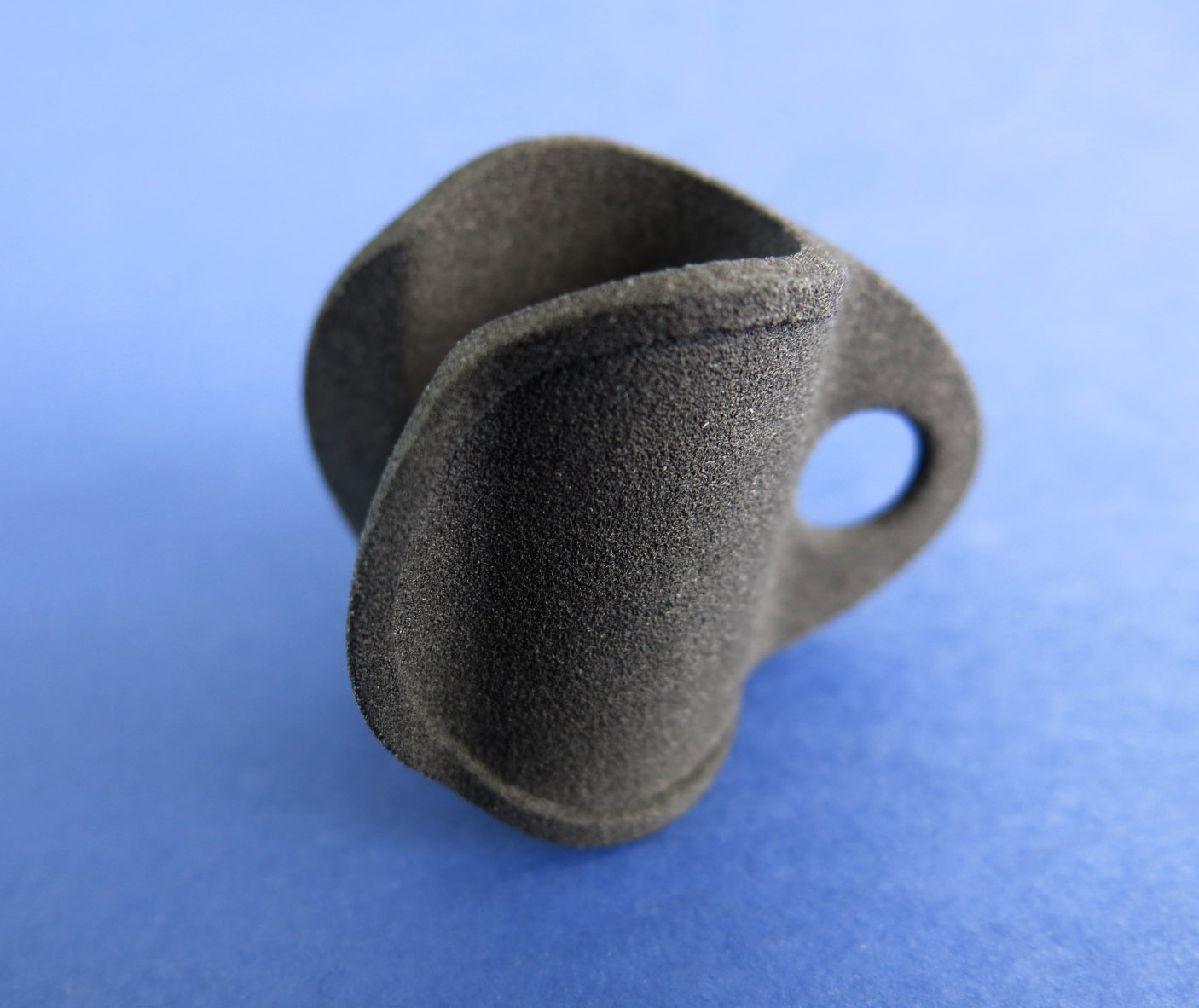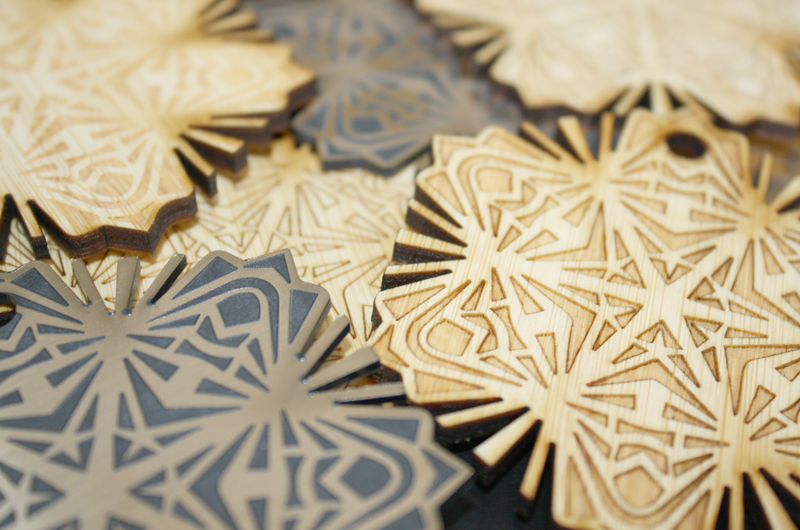Isto é impressionante...
Um Holograma em cada Smartphone, sim, os vossos Smartphones vão poder mostrar Imagens em 3D!
Dica de Tyler Koslow, do belo Site All3DP, a coisa vai funcionar assim:
Uma película especial será criada, para se sobrepôr ao ècran do vosso telemóvel, e isto permite projectar imagens em 3D, FORA do Smartphone.
Impressionante.
Researchers Develop 3D Hologram Display for Smartphone Use
Tyler Koslow
Just a few years ago, the idea of having access to holograms seemed like a fantastical notion. What once was a communication tool in the sci-fi classic Star Wars is starting to become an imminent reality.A team of researchers from the Melbourne, Australia-based RMIT University and the Beijing Institute of Technology are developing what they call the “world’s thinnest hologram.”
Creating 3D Holograms On Your Smartphone
The team is designing a nano-hologram that you can see without 3D goggles and is also 1,000 times thinner than a human hair. Using topological insulators, the researchers are creating a holographic film screen that is only 60 nanometers thick.This material have unique properties, acting like a conductor at the surface but an insulator throughout most of the interiors.According to Zengji Yue, a research fellow at RMIT University and co-author of the research paper, the combination of the metallic surface and insulated interior acts as an intrinsic optical cavity. This generates multiple reflections of light within the thin film.
E agora...
Arte 3D!
Uma série de 5 Vasos, impressos em 3D, pelo Designer Olivier van Herpt, por encomenda da Marca de Moda COS, por via duma Impressora que imprime em Barro.
Isto é só o princípio, quem sabe quantos mais novos de Expressão Artística o Fabbing permitirá?
Olivier van Herpt Partners with Fashion brand COS to 3D Print Clay Vases
Hanna Watkin
Fashion brand COS has commissioned dutch designer Olivier van Herpt to create a series of five vases using a custom-designed 3D printer.Olivier van Herpt is an industrial design graduate of the Design Academy Eindhoven. He has specialized on beautiful 3D printed objects made from clay. Fashion brand COS regularly works with artists and van Herpt was chosen due to his innovative twist on 3D printing.Now van Herot has developed a series of five printed vases which are inspired by the company’s Spring/Summer collection. The designs take into account the colors, textures, and shapes of the collection’s pieces.As a result, each of the vases has a different shape, from curved to angular. The final designs are now on display in COS stores around the world.These stores include Stockholm’s Biblioteksgatan, Berlin’s Neue Schönhauser Strasse, London’s Regent Street, in Rotterdam’s Dreamhouse, Spain’s Bilbao and on New York’s Fifth Avenue.If you live nearby any of these stores, check out the images of van Herpt working on the vases in the windows. You’ll be able to spot the designer’s custom-designed 3D printer which drips clay. By using a 3D printer, he was able to print larger designs.
Aeromodelistas e afins, eis uma boa notícia da Sculpteo este novo Material, CarbonMide, é plástico reforçado com Fibra de Vidro, e, já adivinharam, é muito mais leve que o Poliamido, com a mesma resistência...
E imprime com muito boa resolução!
É bom.
3D Printing Material: CarbonMideSculpteo
Our CarbonMide Material
The CarbonMide objects printed at Sculpteo are created from a fine black plastic polyamide powder (PA12) reinforced with carbon-fibers. The material is characterized by an excellent stiffness and a maximized weight-strength-ratio. It nearly has the same mechanical properties than the solid black plastic Polyamide but is much more lightweight. The material is great for experienced professionals and people in need of a strong and lightweight material, and a very high 3D printing precision.
Due to the process related orientation of the fibers, the mechanical properties vary in the three axis directions. The Z axis is is the less resistant compared to X and Y. To learn more about it, refer to the design guidelines.
To learn more, refer to our paragraph about finishes and colors for polyamide models.
Processing Times and Pricing
The printing price of your design is calculated automatically the moment it is placed online. As you modify your object (changing size, using batch control or hollowing feature, etc.) you will note that the price changes automatically. The pricing is based on a series of factors, including: total volume, object size, and bounding box - to name a few.
Your CarbonMide object is estimated to arrive in maximum 16 business days. Polishing options and particularly large objects can extend the processing time by 1-2 days on average. The estimated shipping time is also calculated automatically as the object is uploaded.
Delivery time should be added to processing time and depends on the delivery option you choose.
https://www.sculpteo.com/en/materials/carbonmide-material/
E agora, um pouco de saudável Loucura Criativa, façam um Sintetizador de 8 Bits, com PAPEL, fita de folha de Cobre, e mais uns pózinhos...
PaperSynth: an 8-bit Synthesizer Made Out of Paper and Copper Foil
Bryan Cera
PaperSynth v2 is an "8-bit synth" circuit for creating musical square wave tones - made with paper, copper foil tape, an ATTINY85 microcontroller and some simple electrical components.
https://www.instructables.com/id/PaperSynth-an-8-bit-Synthesizer-Made-Out-of-Paper-/
E esta, não lembrava a ninguém...
Mas aconteceu!
Uma estufa Hidropónica, que arrefece o ar, para o vosso Ar condicionado, em Climas quentes e secos.
E este, como tem a Estufa, serve também para os meses menos quentes.
Swamp Cooler, Hydroponic, Rooftop GreenhouseAviKado in backyard
For those not in the know, a swamp cooler (also known as an evaporative cooler) is a popular way of cooling homes in hot, dry climates like Tucson, Arizona. It is a very simple machine, just a box with a fan in it and wet pads as walls. The fan pulls dry air through the wet pads, thus evaporating water, and pushes the now moist air into the home. The simple act of evaporation causes the pads to get very cool, and thus will cool the air as it flows past. The humidification of air is a side effect, but is usually welcomed when it is very dry outside. This is the same basic principle of how sweat works. However, swamp coolers can only drop the temperature of air by a limited amount, and will only work when it is dry, which is why you only see them in certain regions and even then, many people prefer AC units (or both). But enough about swamp coolers, lets turn ours into something else!
It is an enclosed space with water and electricity, and is usually located on the roof of a building where it will get a lot of sun. The orientation of the swamp cooler does matter. The side with the duct should face north, but may also work if it face east or west. If it faces south it will block to much sun to make this useful. The roof of a swamp cooler is solid, but with the low winter sun it wasn't much of a problem.
https://www.instructables.com/id/Swamp-Cooler-Hydroponic-Rooftop-Greenhouse/
























